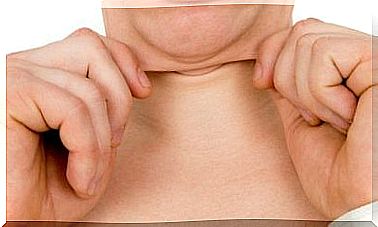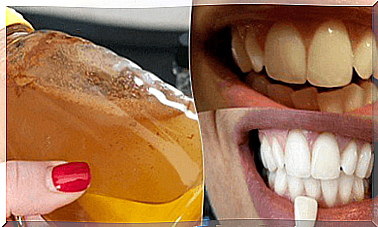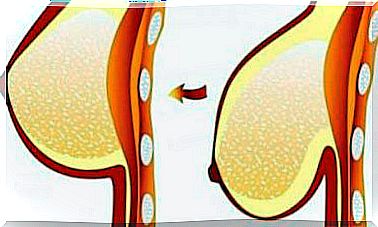Preventing Hair Loss: Five Tips For A Healthy Scalp

Are you losing more hair than you should? Do you notice that there is a lot of hair on your hairbrush after you have brushed hair? If so, then you should act immediately. So here are five things you can do to prevent hair loss.
Preventing Hair Loss: Five Tips
Hair loss is a problem, so it’s about more than aesthetics.
However, you should talk to an expert in hair loss before undergoing any treatment. They should be able to evaluate the underlying cause. It may also be due to a hormonal imbalance, illness or perhaps some form of malnutrition.
Whatever the reason, you can start doing some things about it. However, keep in mind that you will not stop losing hair overnight. The remedies will primarily strengthen your scalp and hair roots over a longer period of time.
Ready to take notes?
Improve your diet as part of hair loss prevention

Diet plays an important role in the care of the hair.
When dealing with hair loss, it is important that you increase your intake of nutrients. A recent study released in 2018 found that a diet rich in raw, fresh products can reduce the risk of alopecia, which is the scientific name for hair loss.
The results showed that there was greater control of excessive hair loss when participants ingested foods such as parsley, basil, and green salad three or more times a week.
In addition, a good diet for the hair should include:
- Sources of protein with high biological value, such as lean meats, fish, legumes, eggs and dairy products, among others.
- Good sources of vitamin A, such as sweet potatoes, sweet peppers and spinach.
- Sources of B, C and D vitamins, iron, selenium and zinc.
- Foods that are rich in biotin (vitamin B7).
2. Prevention of hair loss: Use a mild shampoo
Aggressive chemicals that are in most types of commercial shampoo often dry out the hair and lead to splits. Some forms actually change the pH of your scalp and trigger other problems such as itching and dandruff.
Instead, you can choose mild shampoos, preferably homemade and made with only natural ingredients. Use them daily to keep your scalp clean and healthy.
Be sure to choose a suitable shampoo for your hair type: Dry, oily or mixed. That way, you will avoid unwanted reactions when you use it.
3. Dry your hair naturally

Daily use of hair dryers causes splits and leads to excessive hair loss. For that reason, it is important to let your hair dry naturally.
Additionally, you can remove some moisture from it with a clean, soft towel. This reservation prevents irritation of the scalp and split ends, among other things.
4. Massage your scalp
Massage helps improve blood flow to your scalp. It also promotes oxygenation of your hair follicles. Although there is not much research-related evidence for this, some small studies do show that it leads to good results.
In addition, you can give your scalp some essential oils. These are some good choices for it:
- Coconut oil
- Almond oil
- Olive oil
Massage your scalp for 3 to 5 minutes, preferably before bedtime.
5. Manage your stress level

Constant exposure to stressful situations is one of the causes of hair loss. Because of this, you should acquire certain habits in order to maintain control over your emotions.
Here are some helpful techniques:
- Exercise regularly
- Practice yoga and pilates
- Meditate
- Do breathing exercises
- Use aromatherapy
- Get massages
Prevention of hair loss: Conclusion
Overall, good habits are the key to preventing hair loss as they will improve the results one can get from local treatment.
However, try to find the underlying cause with the help of a doctor. It may be related to malnutrition or other health-related conditions.









